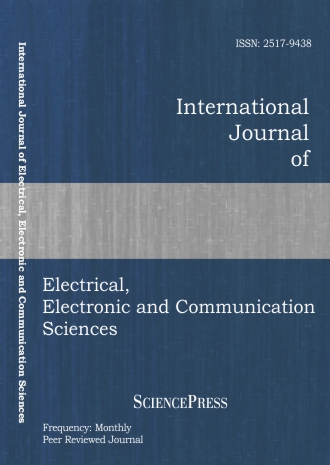
Scholarly
Volume:7, Issue: 4, 2013 Page No: 391 - 398
International Journal of Electrical, Electronic and Communication Sciences
ISSN: 2517-9438
1329 Downloads
Cooperative Energy Efficient Routing for Wireless Sensor Networks in Smart Grid Communications
Smart Grids employ wireless sensor networks for their control and monitoring. Sensors are characterized by limitations in the processing power, energy supply and memory spaces, which require a particular attention on the design of routing and data management algorithms. Since most routing algorithms for sensor networks, focus on finding energy efficient paths to prolong the lifetime of sensor networks, the power of sensors on efficient paths depletes quickly, and consequently sensor networks become incapable of monitoring events from some parts of their target areas. In consequence, the design of routing protocols should consider not only energy efficiency paths, but also energy efficient algorithms in general. In this paper we propose an energy efficient routing protocol for wireless sensor networks without the support of any location information system. The reliability and the efficiency of this protocol have been demonstrated by simulation studies where we compare them to the legacy protocols. Our simulation results show that these algorithms scale well with network size and density.
References:
[1] V.C. Gungor, "Multimedia Wireless Sensor Networks for Smart Grid